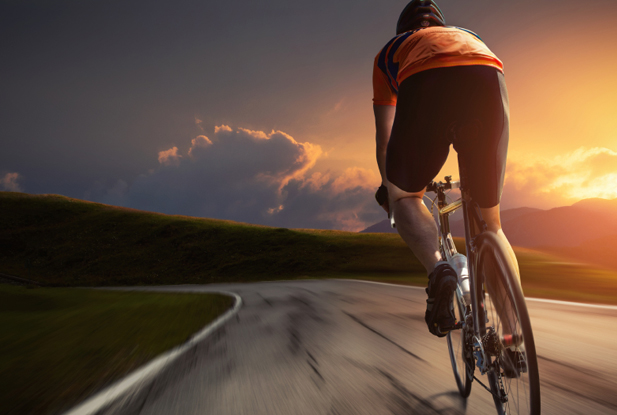Bicycle Safety – the Cyclist and Driver Relationship

Bicycles are classified as vehicles and have the same rights and responsibilities as all other drivers on the road. Cyclists are obligated to use hand signals, have appropriate lighting, have working bells, and obey the rules of the road.
Bicycle safety and cyclist rights tend to be hot topics at this time of year. Although the term “Share the Road” may be commonplace, cyclists continue to be subjected to aggressive behaviour by mean-spirited, uneducated, or otherwise inattentive drivers. Time and again, news sources report on cases of cyclists being hurt and injured as a result of traffic accidents. Both parties, cyclists and drivers, have a responsibility to share the road, follow the Highway Traffic Act, and they must recognize and respect one another.
Cyclists who travel at a lower speed than other traffic are expected to ride about one metre from the curb or other parked cars, or as close as practical to the right-hand edge of the road where there is no curb. These cyclists are permitted to use any part of the lane if necessary to avoid obstacles, cross railway tracks at a 90-degree angle, or to discourage passing where the lane is too narrow to be safely shared.
Cyclists who travel at or faster than the normal speed of traffic are not required to ride close to the right edge of the road; these cyclists may occupy the lane like any other vehicle. Cyclists intending to make a left turn are also permitted to leave the right edge of the road.
Drivers have a responsibility to use caution around cyclists. Drivers should try to give at least 1-metre of room between their vehicle and the cyclist who they are passing; drivers should change lanes to pass a cyclist whenever practical. Drivers should slow their speed if possible and refrain from using a horn unless absolutely necessary as to do so may otherwise scare the cyclist and cause him to lose control. If a driver is waiting to pass a cyclist, he should not follow the cyclist too closely as the cyclist may have to suddenly stop or slow.
Intersections can be particularly dangerous for cyclists. Cyclists should use extreme caution when approaching intersections and should carefully scan the environment. Likewise, drivers should use caution and actively look for cyclists at intersections. In particular, drivers turning right should look to their side-mirrors for rear-approaching cyclists.
Drivers should afford particular care and attention to young cyclists; kids often will not have the experience or awareness that adult cyclists would otherwise be expected to have. Kids may react to vehicles in unexpected ways and may have less care and control of their bicycles.
As with any motor vehicle accident, drivers must stop in the event of an accident involving a cyclist. In the field of personal injury law, we represent a tragic number of clients who are involved in hit-and-run accidents while cycling. Fleeing a scene is never an option.
